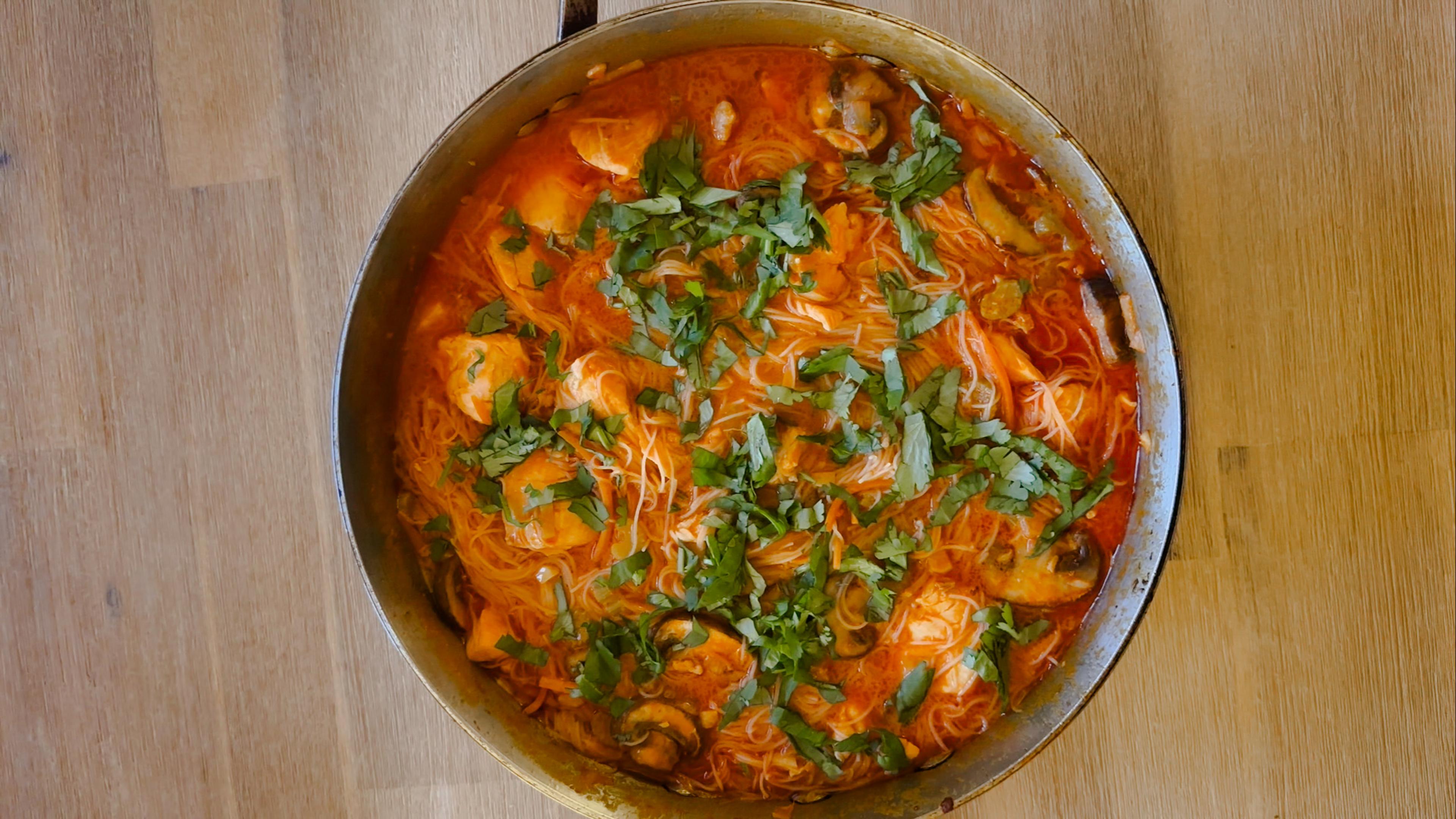What is Millet?
A Healthier Michigan
| 3 min read

Have you ever heard of millet? The next time a friend tells you they’re headed to the store in search of millet, you can bet it’s the kind that will end up in recipes served at their dinner table and not in the backyard bird feeder.
Much like couscous and quinoa, this little grain is getting high marks for nutrition. And while its use has not gone completely mainstream in most parts of the United States, it’s definitely seen as an up-and-coming item among the healthy eating crowd. This begs the question: What exactly is millet - and how do you use it?
What is millet?
While people sometimes mistakenly classify it as a seed, millet is actually part of the larger cereal grain family. These grains have long been grown for livestock feed, but more recently they have been tapped as an alternative grain that can be ground and used to make breads, cooked into cereals, or prepared like rice. Once the grains are cooked and fluffy, they can be used as a base for grilled meats or vegetables, stirred into scrambled eggs, or added to salads and side dishes.
What does millet look like?
Millet plants look like long-stalked grasses full of seed-like grains. As a food source, it’s used widely in Asia and Africa, but has had less of a following here in the U.S. That could soon change. It’s considered easy to grow and gets high marks for being drought-resistant. And it’s having a turn in the spotlight right now, so come jump on the millet bandwagon.
How to find millet
There are a few different kinds of millet typically available in the U.S., including the tiny, round pearl millet. The grain can be purchased online, or found at your local health food store. More often now, large grocery store chains also stock millet on their shelves. Look for millet in the baking aisle where the alternatives to wheat flour are found. Sometimes, the millet will be sold as whole grains in small bags, or as millet that’s already been ground into flour.
Health benefits of Millet
So why is millet being eyed more and more as a healthy food for humans? A lot of it has to do with the vitamins, nutrients and other good-for-you benefits packed inside these little grains, research shows. Here are some of the healthy highlights:
- Millet grains are rich in antioxidants and anti-inflammatory compounds. These help protect cells against damage. As a general rule, the darker the type of millet, the more antioxidants it contains.
- Incorporating types of millet into a daily diet can be good for people with diabetes. Millet is a high-fiber food that is slow to digest, meaning it won’t trigger a spike in blood sugar.
- Millet is a gluten-free food. People who are gluten-sensitive, on gluten-free diets or those with celiac disease can usually add different kinds of millets into their diet with no side effects.
- Because millet contains soluble fiber, it can help lower cholesterol levels.
- One cup of cooked millet contains 25% of an adult’s daily recommended amount of phosphorus, 19% magnesium and 6 grams of protein.
Photo credit: Getty Images
Related reading:





